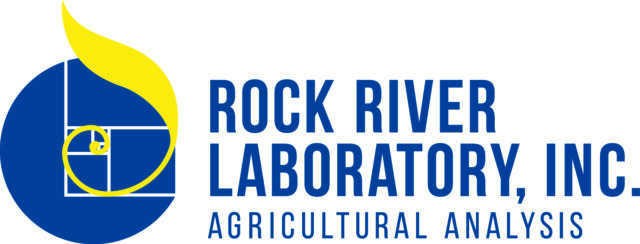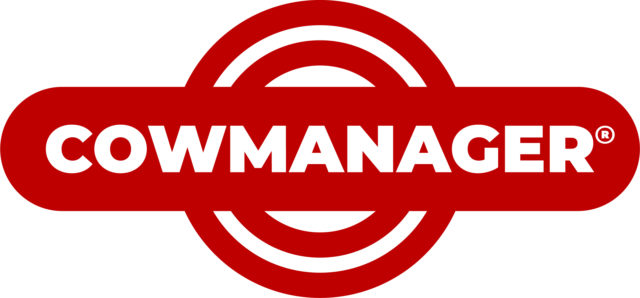The following statements were recently made as testimony before the Department of Justice and the U.S. Department of Agriculture (USDA) public workshops to examine margins at various levels of the agricultural supply chain. “We need the milk pricing system fixed. If we want young farmers to come into the industry they need to be paid a living. Everyone in the chain can adjust their margin accordingly and earn a living except for the farmer. "And if Antitrust Division and USDA doesn’t step it up and ensure that farmers earn a living first, and everyone else adjust their margins accordingly thereafter, the entire system will fail, rural America will fail, our farmers and our nation as a whole will fail, just because our whole infrastructure relies on our farmers who produce 70 percent of the world’s raw material.”
Joel Greeno
Dairy producer, Kendall, Wisconsin
“I have done some recent work in preparation for this workshop that tends to suggest that if we really want to deal with the issue of those low price periods, we need to be thinking about other programs and not so much worrying about what the margin is between the farm and the retail level.
"And that may sound kind of funny, but the basic idea though is that we have programs in place that could probably be more effectively used to support dairy farmers. We have new proposals from the national dairy organizations that I think would actually be much more effective in trying to deal with the severe pain that we’ve seen as typified by the last couple of years.”
Chuck Nicholson
Associate Professor of Agribusiness, California Polytechnic University
“I believe we, as producers, are probably closer to agreeing with some sort of program than we’ve ever been. Of course, not all of us, but some of the things that we’ve worked towards is putting something together called 'Foundation for the Future.'
"And some of the things that are in this is readdressing how we look at federal orders, addressing market margin insurance that’s tying your feed costs with your milk price and having some sort of insurance for that margin, and also addressing supply management. So hopefully, this is going to continue to go forward and hopefully it will be considered sooner than later.”
Buster Goff
Dairy producer, Hobbs, New Mexico
“I think if we are to continue 10 years or 20 years from now, we want more of that retail dollar to have to be returned to farmers. I know that the Kroger Supermarket buyers told me they are operating off of two pennies. I find that hard to believe.
"But if there’s anyway possible that we are going to increase the number of farmers we have or even hold onto the ones we have, the margin should be returned to the farmer. And that’s the only way we are going to increase the number of farmers or even maintain the ones we have, because what we are receiving as farmers is just too low to continue to operate.”
Ben Burkett
Vegetable grower, Mississippi, and President, National Farm Family Coalition
“Another certainly extremely important factor in all of this is that we talk about margins – the spread between the farmer and retail, but no one has spoken about how drastically the cost of production of milk on farms has increased.
"And if that factor is not taken into consideration, then some of the margins that are quoted are meaningless until you take a look at that.”
Ed King
Dairy producer, New York
“The second elephant in the room is the fact that over the last five years, the number one determinant and the number one damage to profitability in the livestock and egg and dairy industries and poultry has been the run-up in feed costs due to the subsidization of ethanol production from corn. If you want to help profits, do something about that and help our costs getting back to a more reasonable situation and put us on an even playing field on buying corn.”
Steve Meyer
Industry Consultant and Analyst, Paragon Economics, Iowa
“When a farmer has an increasing production cost, they cannot pass on that increasing fifth cost…to the channel. However, when the retailers or wholesalers face an increasing cost, they have the ability to pass those costs on up the channel or up to the consumers.” PD
Rigoberto Lopez
Professor and head of the Department of Agriculture on Resource Economics,
University of Connecticut



